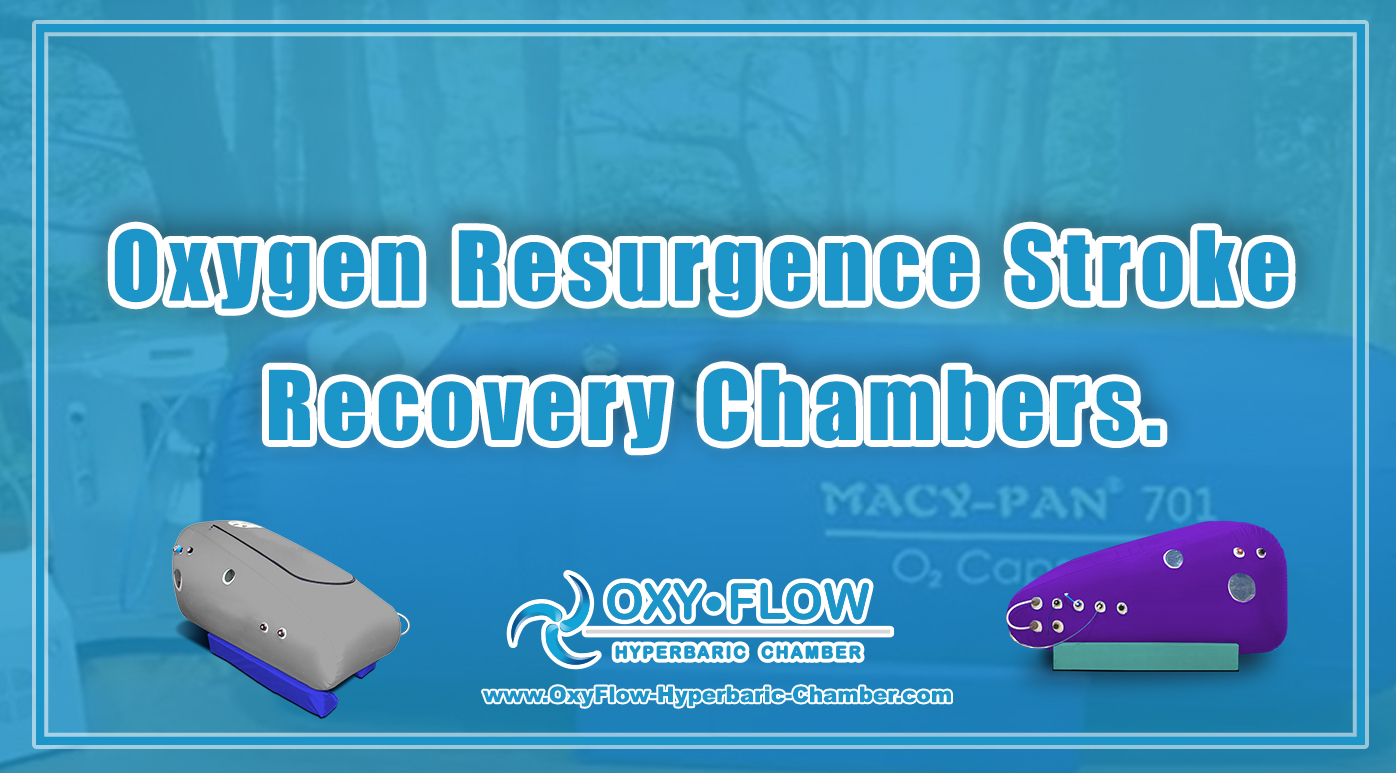
The journey to recovery after experiencing a stroke can be long and challenging. Patients often face physical, cognitive, and emotional obstacles that can hinder their progress. However, advancements in medical technology have brought about innovative solutions to aid in stroke recovery, and one such groundbreaking development is the use of Oxygen Resurgence Chambers.
Before delving into the benefits of Oxygen Resurgence Chambers, it’s important to understand the implications of a stroke on the body. A stroke occurs when blood flow to the brain is disrupted, leading to a lack of oxygen and nutrients that are essential for brain function. This deprivation can result in brain cell damage and even death, depending on the severity of the stroke.
Oxygen Resurgence Chambers, also known as hyperbaric oxygen therapy chambers, provide a controlled environment where patients can breathe in pure oxygen at higher atmospheric pressures.
Several studies have explored the efficacy of Oxygen Resurgence Chambers in stroke recovery. Research has shown promising results, with some patients demonstrating significant improvements in motor function, speech, and overall quality of life after undergoing hyperbaric oxygen therapy.
As technology continues to advance, the integration of Oxygen Resurgence Chambers into stroke rehabilitation programs has the potential to revolutionize the field of neurorehabilitation. By harnessing the power of oxygen therapy, healthcare professionals can offer patients a holistic approach to recovery that targets not only the physical but also the cognitive and emotional aspects of stroke-related challenges.
Oxygen Resurgence Chambers represents a beacon of hope for stroke survivors seeking to reclaim their health and independence. With their ability to enhance oxygenation, reduce inflammation, promote neuroplasticity, and accelerate healing, these chambers hold immense promise for improving outcomes in stroke recovery. As ongoing research and clinical trials further validate their effectiveness, we may witness a paradigm shift in how we approach and support the recovery journey of individuals affected by strokes.
Recent Comments